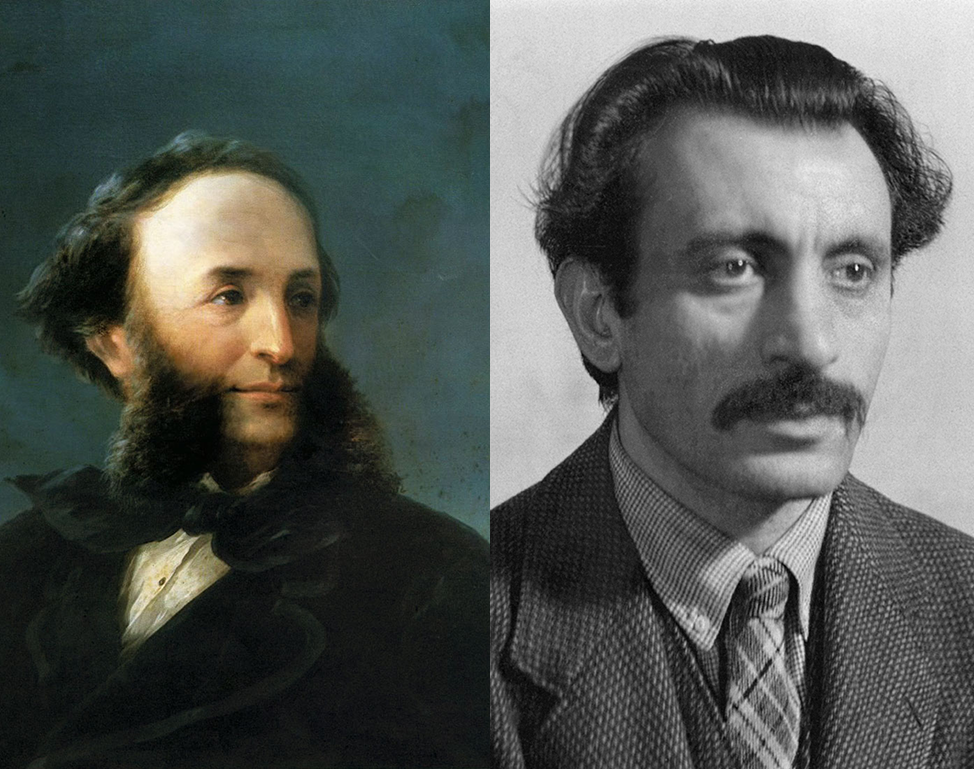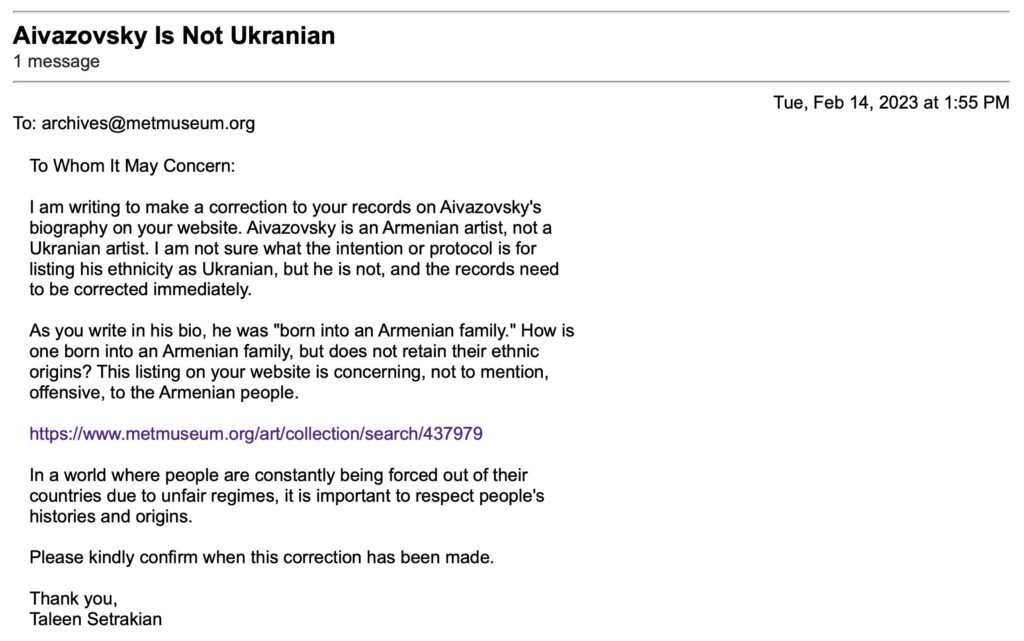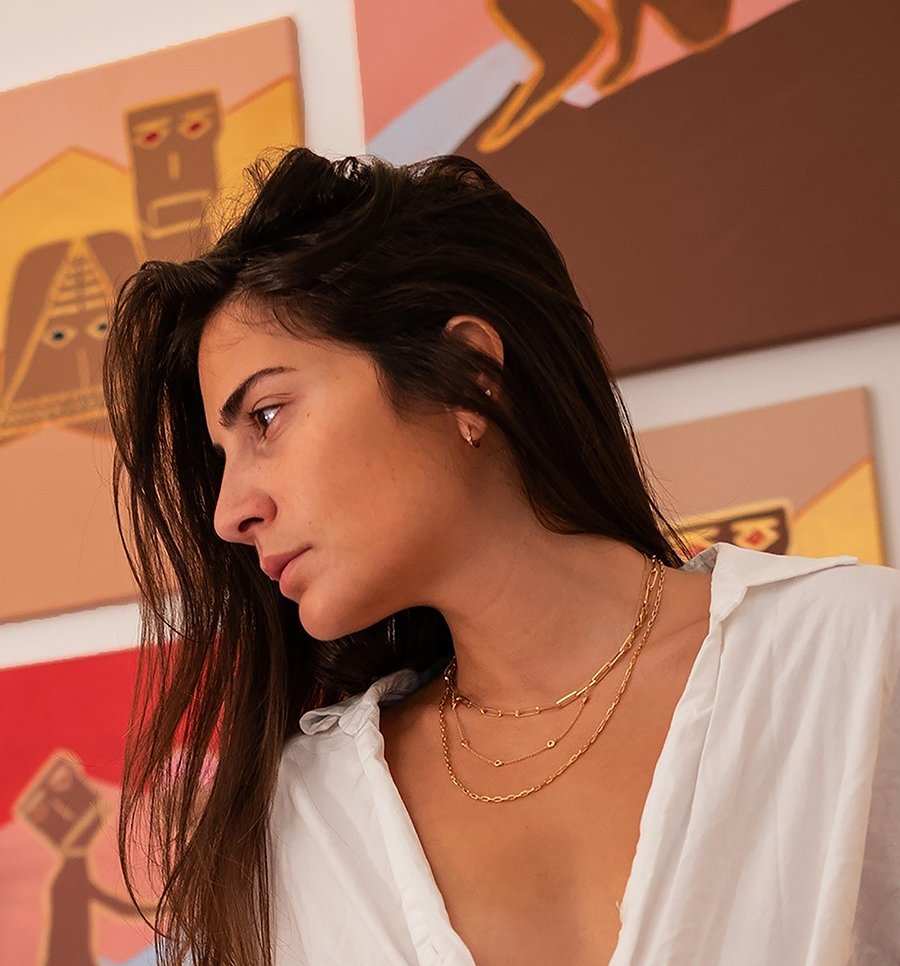“Who are the Armenians?” This is a question I receive almost every time I meet someone new. Each time I ask myself, “How should I answer that question to ensure they remember us?” My first urge is to respond by speaking about the not-so-well-known Armenian Genocide of 1915, but most people don’t always have empathy or patience for tragic or negative stories.
I have learned that the best way to get people to care about you is to speak to their interests, making them feel connected to you.
To most people, I ask—”Are you familiar with Cher? What about Charles Aznavour? Serj Tankian?” To the sports fanatics—”Do you know Andre Agassi? What about David Nalbandian? Henrikh Mkhitaryan?” To the tech nerds — “What’s your take on Alexis Ohanian?” To the celebrity-obsessed — “Did you know Kim Kardashian is Armenian?” I can go on and on, because in every corner of the world and in any field, there is at least one important Armenian acclaimed for what they do.
As someone who has worked in the arts for over eight years, I constantly talk to my colleagues about the successful Armenians in this business sector. “Did you see the Armenian pavilion at the Venice Biennale? Do you know Larry Gagosian? What about Arshile Gorky? Parajanov? And Ivan Aivazovsky?”

A few weeks ago, several people in the Armenian community realized that The Metropolitan Museum of Art (The Met) in New York had changed Aivazovsky’s biography to state that he is Ukrainian.
Many of us were angry, but most of all, we were concerned. Some of us wrote emails to the department, including me. I wrote:
“I am writing to correct your records on Aivazovsky’s biography on your website. Aivazovsky is an Armenian artist, not a Ukrainian artist. I am not sure what the protocol is for listing his ethnicity as Ukrainian, but he is not, and the records need to be corrected immediately. As you write in his bio, he was born into an Armenian family. How is one born into an Armenian family but does not retain their ethnic origins?”
After seeing this listing on one of the most renowned institution’s websites, I decided to explore some other museums’ biographies of Armenian artists. My first virtual stop was on the Museum of Modern Art’s (MoMA) website, and I checked the listing for Arshile Gorky, born Vosdanig Manoug Adoian. I discovered that the MoMA has listed that Gorky was born in “Van Province, Ottoman Empire (present-day Turkey).”
This listing worried me even more than the inaccurate listing of Aivazovsky’s biography on The Met’s website. Not only did I find this information reductionist, but I also found it offensive. An average person who sees this listing will never know where the historical Van that Gorky was born in existed geographically (Armenia) or how it was taken away from us in the 1915 massacres of over 1.5 million Armenians by the Ottoman Turks.
One of the most famous paintings by Gorky pays homage to his mother, who died from starvation after a death march during the Genocide. Gorky spent most of his life haunted by the tragic past that all Armenians wear on their shoulders to this day. It is only decent for the Museum of Modern Art to ensure that his birthplace, “Van Province (former-day Western Armenia, present-day Turkey,)” is listed accurately and fairly.
In today’s global affairs, politicians often lay truths under the rug, and western journalism fails to deliver real news, and thus our histories are constantly rewritten. This is why global art institutions must lead in preserving our roots and identities.
In a world where people are constantly being forced out of their homes due to unfair regimes and where minorities rarely receive acknowledgment of their suffering, it is essential to acknowledge and respect their histories and origins.
I wish to make a simple request to those who work in the cultural sphere of truth–the arts, museums, galleries, universities and publishers: while we Armenians do everything we can to ensure our legacies are honored, we ask that you, with your due diligence, ensure that the proper credit is given to our culture and others’ culture altogether.
See email chains below.






Bravo Taleen! I remember though that a Gorky painting at the Airport (JFK, I think) was signed ‘Born in Western Armenia’. This was a long time ago.
Great article, but I must make two additions:
1) Gorky’s real, Armenian name was Vosdanig Adoyan. I think this is information is more important than his place of birth.
2) Politically, Van was in Ottoman empire, which later became Turkey. No political entity called Western Armenia has existed at any point since Gorky’s birth. Demanding a non-Armenian art museum to use that name is sadly not realistic at this point, and perhaps even counterproductive.
Just my two cents.
Sadly, you make a good point regarding the use of “Western Armenia”. However, even though there’s no “political” entity called Western Armenia, the use of “Armenia” or “Armenian Highlands” as a geographical region is commonly used in international circles, especially on maps, in the same way “Kurdistan” or “Anatolia” or “Mesopotamia” is used, even though they are not internationally recognized political entities. So maybe, it’s ok to make that demand, just don’t claim that it’s a political entity. Another suggestion could be to describe Van as “Armenian”, as in “Armenian Province of Van”.
Nice 👍🏻🇦🇲🇦🇲🇦🇲🇦🇲🇦🇲🇦🇲
Dear Taleen, I applaud you for voicing out “our” national concern. Knowledgeable Armenians around the world must speak up whenever we see/read misinformation about our culture as that is the only way to keep us alive in this planet. We have learned we can not rely on anyone else.
Bravo, Taleen!
We must all speak up, against false information!
Cultural misappropriation is an issue that is very much in the public discourse.
Museum curators must be held to account.
Thank you for your initiative.
Enjoyed reading your comments. Job well done. Affectionately,
Zaven H.chakmakjian MD, Dallas
Dear Taleen!
I am glad that people like you fighting for Armenian pride.
I am absolutely agree with you Aivazovsky is NOT!!! ukranian but ARMENIAN artist
Thank you
🇦🇲 🇦🇲🇦🇲
Thank you Taleen for bringing this important issue to our attention.
It is perfectly fine to use the term Western Armenia in all communications.
The entire purpose of the Genocide was to make us Armenians forget about the political entity called the State of (Western) Armenia, which remains illegally occupied by Turkey to this day.
Well done to you. I agree with the above text very much. Please continue your work. Thank you
Whether or not Western Armenia exists as a politically entity today is irrelevant and we must use it in any and all contexts. To avoid using it is, in essence, rewarding genocidal Turkey in confiscation of our ancient homeland, constituting 90% of the total Armenian landmass, as a result of the state-sponsored terrorism and premeditated mass extermination of the indigenous Armenians living on these lands for thousands of years. To not use Western Armenia in any communication is also legitimizing the Islamization and the Turkification of our sacred homeland, post Armenian Genocide, by renaming all Armenian provinces into Turkish such as renaming Tigranakert to ‘Diyarbakir’, Garin to ‘Erzurum’, Mount Ararat the epicenter of the Armenian homeland and the symbol of the Armenian nation to ‘Ağrı Dağı’ and so on and so forth. We must always remind the Turkish criminals to whom these lands belong and that their current borders are as artificial as the terrorist republic of Turkey itself invented in 1923 on occupied lands of native people of these lands, Armenians-Greeks-Assyrians, they murdered in cold blood.
P.S. There is no such thing as ‘Anatolia’ or ‘Eastern Anatolia’ in reality. It is a made-up term artificially referring to Asiatic parts of terrorist Turkey. This word is not even Turkish. It has Greek roots and it literally means territory “east of Greece’ which basically refers to today’s Western Turkey having nothing to do with eastern part of this terrorist state. There are two primary reasons why this term is used to refer to that part of the state: 1) To remove from the map of the region any mention of Western Armenia, 2) To erase from memory the existence of the indigenous people of the land, the murdered native Armenians in particular.
Nice job, dear Taleen! Very proud of you.
As a side note, notice that The Met has contradicted itself when it writes “American, born Armenia” for Arshile Gorky (so, it is possible to write “Armenia” and not “Ottoman Empire/Turkey,” even if historically incorrect at the turn of the twentieth century) or “German, born Switzerland” for Paul Klee, but writes “Ukrainian” for Aivazovsky.
See https://hyperallergic.com/802391/met-museum-shouldnt-have-reclassified-ivan-aivazovsky-as-ukrainian/
Good article.
Why would Aivazovsky be considered Ukrainian in the first place if there was no such term during his lifetime. Makes no sense.
Don’t they have their own painters?
I think it is also important to pursue the answer to why and WHO changed it from Armenian to Ukrainian. I’m wondering if this is an anti-Armenian act, another effort to erase us out of history.
I am so proud of Taleen’s attention to this issue Aivazovsky, as years ago as I was touring the palace on the Black Sea in Istanbul, even though I speak perfect Turkish, I joined the tour with the American group. The guide, showing gorgeous Aucasiwsjyvpaintings and referred to him as Great Russian artist. I could not stand it after a while and raised my hand asking him to please refer him as an Armenian artist born in Russia. I won’t go into his answer but I recently corrected the editor of Variety on February 18 2023 with the title “ a biopic is in the works for the famous Turkish photographer Ara Guler.,So, thank you Taleen, let’s not keep quiet. Bravo.
I had thought at the time Aiazovsky was born in Russia. I stand corrected.